PE is a simple score of efficiency. To improve it, you will need more information.
Many organizations use metrics like overall equipment effectiveness to find precisely where waste is happening. That is similar to how maintenance teams use MTTR and MTBF to track their performance, but goes much deeper. Those more complex calculations take a little time, but they give you a lot of direction if you want to improve.
However, if you do not want to dive into all that or if your organization just is not ready, there are still changes you can make that can garner major improvements. Here are our top 8:
1. Standardize your production processes
Standardizing business processes comes with many benefits. On the plant floor, the biggest perks are improved productivity levels and consistent product quality.
Manufacturers are in a unique position where they can fairly easily scale their standardization efforts. They can start by standardizing core processes on a single shop floor. When they’re ready, they can expand it to other floors and facilities.
Standardization of the production floor can include everything from the layout of the production lines to how you enter asset information into maintenance software to how you execute visual inspections during quality control.
This is a great use of a CMMS like Limble that guides your team through maintenance activities using work orders and established checklists. PM and WO checklists are easy to create to make sure the whole team is doing the work the right way the first time.
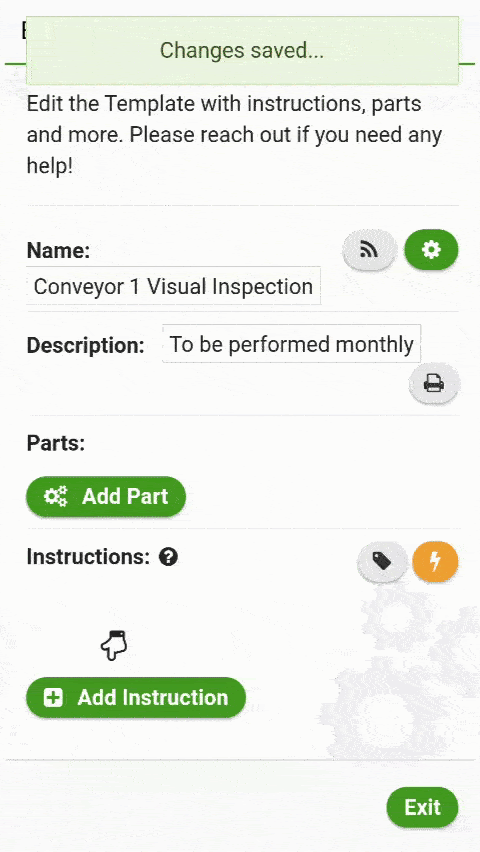
The idea is to define the most efficient way to work and make sure everyone follows best practices. The best way to put workflow standardization in practice is to start writing SOPs.
2. Find and eliminate production bottlenecks
Every process has a few bottlenecks. Eliminating bottlenecks is a great way to increase your productivity without buying more equipment or hiring more people.
Bottlenecks usually come in one of three forms:
- production line bottlenecks
- supply chain bottlenecks
- employee bottlenecks
Search for areas or equipment that have the longest queues and most consistent backlogs. Look for machines that already work at full capacity or those that have high wait times. Map out and dig into these areas and resolve the causes of bottlenecks. One by one, your efficiency will improve.
For stubborn issues, a root cause analysis may be the ticket. Learn more about different RCA tools and techniques you can use to get to the bottom of it.
3. Implement proactive equipment maintenance
Unexpected equipment downtime is one of the biggest causes of manufacturing inefficiency. Yet, most breakdowns are preventable. If you are not practicing good proactive maintenance or think you could be doing better, there are simple ways to improve.
Use a CMMS!
The easiest and most effective way to shore up your preventive maintenance strategy is to use a good computerized maintenance management software (CMMS) like Limble.
Limble does not take much to set up, and you can begin using it right out of the box to start tracking and documenting routine maintenance work. It is ridiculously easy to use and has a mobile CMMS app that your techs can conveniently use while they work.
Over time, you may transition to more advanced strategies like predictive maintenance, but CMMS software can help you with that too. The software can connect to sensors and predictive algorithms to predict failures and help you optimize your maintenance resources.
One of Limble’s clients, Midwest Materials, lost 1 million dollars per year in downtime and lost production. Limble CMMS helped them start doing more proactive maintenance, which improved their PE. You can watch their journey here.
4. Invest in employee training and engagement
According to Gallup’s State of the American Workplace report, only 25% of plant workers feel engaged at work, making it the least engaged job in the US.
Staff members who are disengaged and unmotivated lower your productivity. And the stats on this for manufacturing companies are not great: 2 in 5 MFG companies report a turnover rate of over 20%.
Paycheck and working conditions are one piece of the puzzle but are not the only factors. One of the most meaningful ways to engage your team members is by investing in them and their skills. Employees want opportunities to grow their skills and to advance their careers. Find ways to motivate factory and maintenance workers and show them that their effort matters.
5. Identify and reduce waste
We can’t talk about reducing waste on a production floor without talking about lean manufacturing. There are many lean methodologies that help eliminate waste through continuous improvement. Some are overarching methods that can be applied throughout the facility, while others are focused on specific areas like inventory management or production flow.
Here is the list of the most popular lean manufacturing techniques for those who want to research further:
Many of these methods can take years to fully adopt but the benefits can be felt from the early stages of implementation.
6. Optimize plant layout using cellular manufacturing
In many traditional MFG settings, similar types of machines are grouped together. Turns out, spreading out your process like that can waste a lot of time and energy.
Instead:
- Break down the production process into steps.
- Arrange workers and machines into cells based on those steps.
Use a layout that will enable the flow of production functions at your facility. The most common layouts are: straight line, serpentine, circular, and u-shaped.
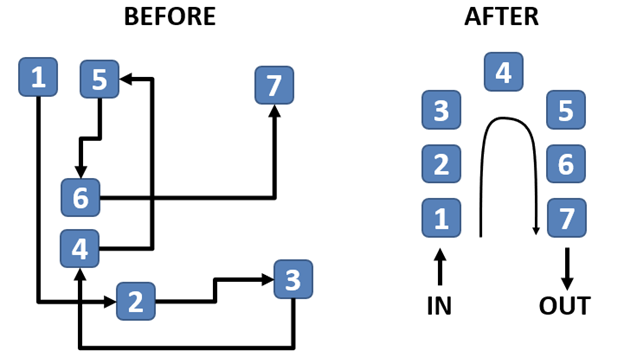 U-shaped cell layout (Image source)
U-shaped cell layout (Image source)
Cellular manufacturing arranges equipment according to the kinds of parts produced. It reduces the distance materials and staff need to travel to complete the process. And if distance equals time (which, in this case, it does), that is a big win.
If you want to take things a step further, you can even use software like Visual Components to simulate and evaluate different layout configurations, material flows, and other production projects.
7. Optimize your inventory management
Staying on top of your spare parts inventory is very helpful if you want to achieve your best PE. You need the right parts at the right time to avoid lengthy breakdowns or expensive shipping costs. But it is difficult to get the inventory just right. It is easy to fall into these lousy inventory habits.
- Having too much input material
- Having too many products than you can adequately store
- Not having enough spare parts to perform preventive maintenance and repairs
There is a lot of great advice out there about how to manage your inventory. Start by researching spare part inventory best practices.
In most cases, you will need a digital solution to manage your inventory.
For spare parts, for example, you can use a CMMS with a parts management module. It will help you track parts usage and forecast inventory levels based on past data for a marginal cost. And for large operations, they can help you save money by making the most of economies of scale for parts you use frequently.

Spare parts database inside Limble CMMS
Limble makes it easy. Keep track of what parts you need and keep projects moving on schedule. Purchasing integrates with the parts module, so paperwork bottlenecks are a thing of the past.
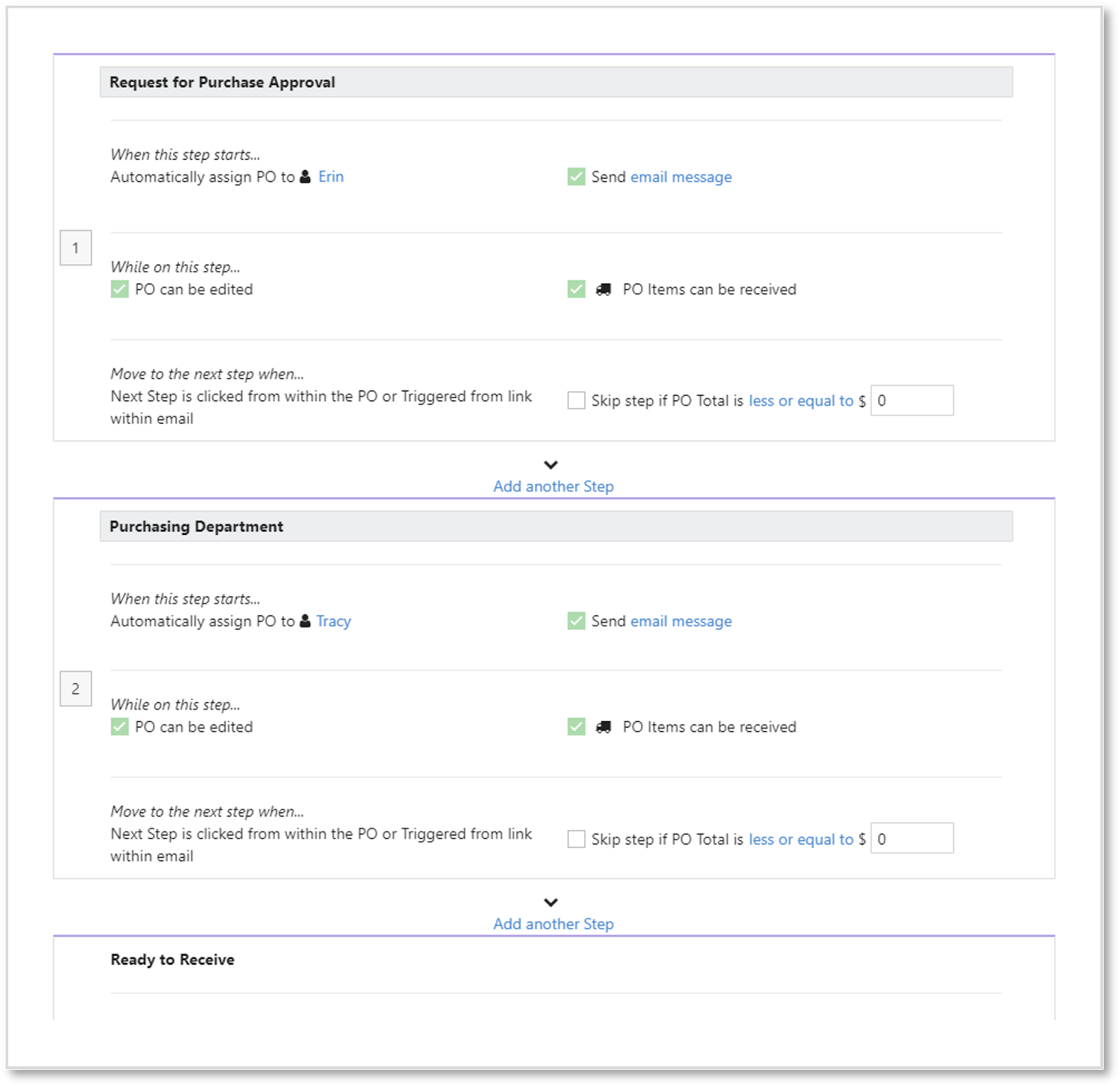
Limble integrates spare parts management with purchasing to avoid data silos
Also, no need to waste money or space on parts you are no longer using. Limble CMMS enables you to set a spare parts threshold to let you know when to retire parts that are no longer in regular circulation.
8. Build relationships with your vendors
Manufacturing facilities have to deal with three different types of vendors:
- Companies that provide input resources used in the production processes.
- Vendors that provide spare parts and other MRO materials.
- Outside maintenance contractors called in to perform specialized repairs.
If any of those vendors fail to do their job, you can end up dealing with prolonged production delays that are difficult to fix.
Reduce these risks by building long-term relationships with proven vendors. And believe it or not, your CMMS can help you here too. Limble has features to keep track of your vendors and their deliverables.
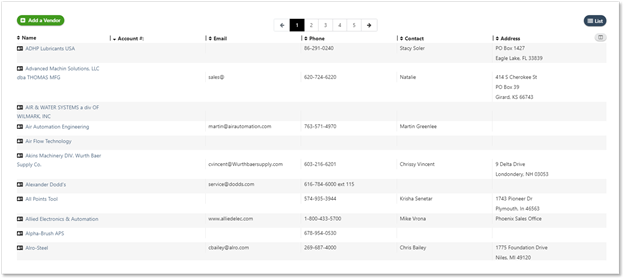
Vendor tracking inside Limble CMMS
Limble also allows you to communicate with vendors and track progress on tasks easily. For work that must be done by your vendor, you can generate a WO in Limble and send it directly to your vendor without any extra steps in your process. As your vendor completes the work, they can update the status of the WO directly in Limble, eliminating clumsy reporting after the fact.
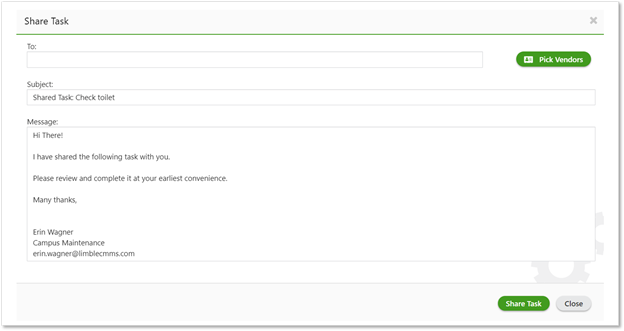
Sharing maintenance tasks with outside vendors

Maintenance vendor logs performed work
The role of maintenance in achieving productive efficiency
PE is a measure that should be on the wishlist of any production line. Its goal is to get the most value out of your limited resources, which is good for everyone.
As you begin to measure Productive Efficiency, you may find that your maintenance strategy is one of the stumbling blocks holding you back. Poor maintenance practices can quickly cause downtime and inefficiency.
Proactive maintenance plays a crucial role and provides a lot of other good things too. Read more about the benefits of transitioning to preventive maintenance here. It will improve your productive efficiency score and offer significant additional benefits.